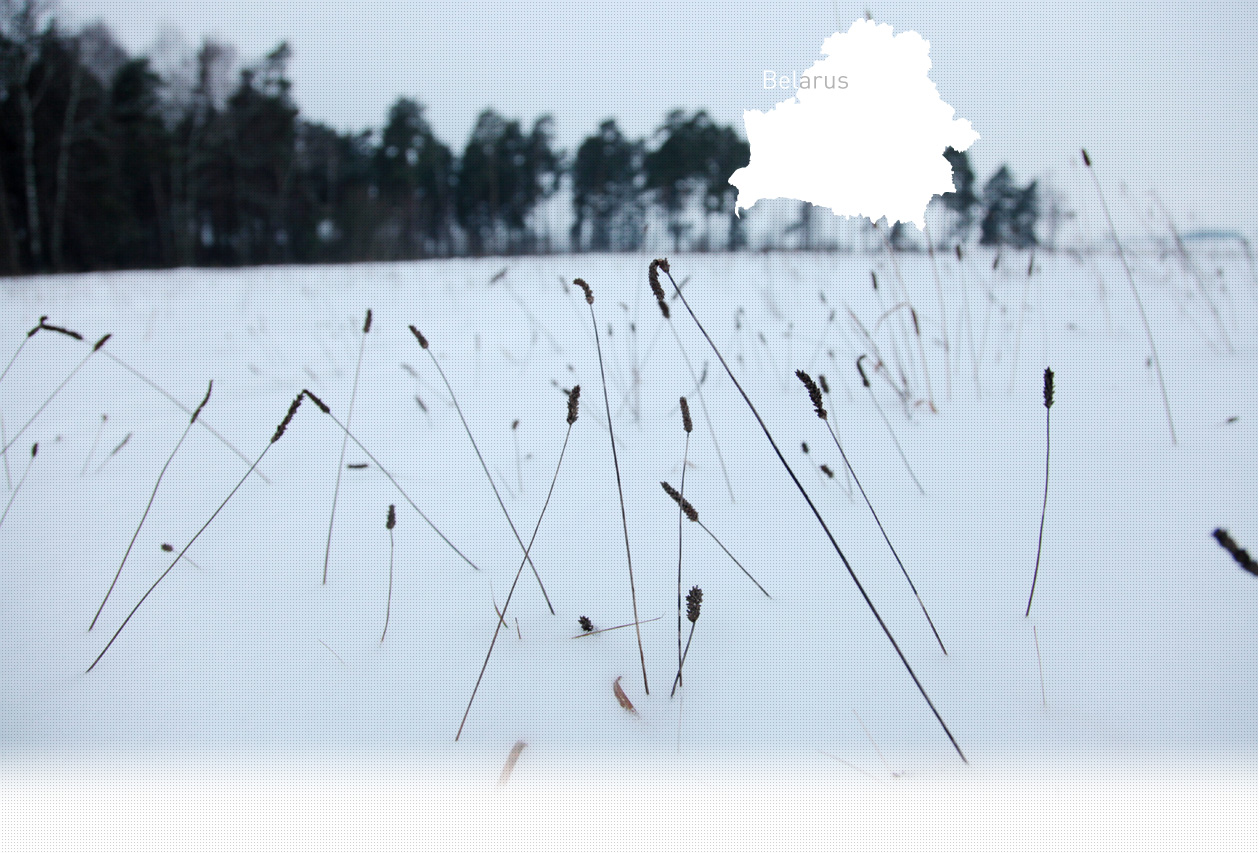

2 Killing site(s)
Valentina M., born in 1932: “The ghetto was surrounded with barbed wire. All my neighbors were confined there. I brought them food almost every day. I had to pass under the barbed wire to enter the ghetto. One day my neighbor, who was also resettled into the ghetto, came to my house to sew. We had a sewing machine at home. Her name was Hava. She came to us through the vegetable gardens in secret. But I ought to say that the Jews could quite easily escape. Some went to join the partisans. My father hid 3 Jews at our house. Here, a lot of people hid the Jews. The day of the shooting some of them fled to the forest.” (Witness n°934, interviewed in Gorodok on August 3, 2017)
“2 km from the town of Gorodok, at Uroschishci-Vorobyovaya Gora, the Germans carried out systematic shootings of Soviet citizens between July 1941 and December 1943. There are 6 mass graves located there. Within lie 660 bodies, and in 3 of them the inhabitants of Gorodok can be found. The entire Jewish population of Gorodok – some 2000 people – was driven to a camp on the edge of the down in August 1941. Over 2 months, these Jews were taken to Uroschishci--Vorobyovaya Gora in groups. There they shot the adults and threw the children alive into the ditch, before burying them alive.” [Act of the Sate extraordinary commission RG 22.002M; 7021-83-14]
“I witnessed the execution of Jews in Gorodok. One morning the Wehrmacht and Gestapo soldiers arrived from Krasnoye. I managed to hide in a house next to a little river. From there, I saw how the Jews crossed the river towards a barn located out of the town. The shooting was conducted there. I think about 700-800 Jews were shot that day. From my hiding place in the attic, I saw men from the Gestapo and soldiers in Wehrmacht uniform taking part in this Aktion. The Jews were shot in the barn. [...] I was terrified after seeing that execution” [Deposition of witness E., born in 1909. B162-1298]
Gorodok is located 59 km north-west of Minsk. The first written records concerning the settlement date back to 1162. In the 16-18th centuries it was under the control of the Polish–Lithuanian Commonwealth, but after its second partition in 1793, it became a part of the Russian empire. According to the 1897 census, 1,230 Jews inhabited Gorodok, comprising 77% of the total population. In the early 20th century there were two synagogues and several religious schools, including a Tarbut school. The majority of Jews lived off small scale trade or handcrafts. 25 shops belonged to the Jews. Many of them occupied highly ranked positions in the numerous factories, such as the textile factory, brick factory, three plants manufacturing dishes, and a plant producing mineral and carbonated water. On the eve of the war, around 1,000 Jews lived in the town. Gorodok was occupied by the Germans at the end of June, 1941.
Immediately after the occupation, the Jews continued to live in their houses and circulate freely until the ghetto was created in March 1942. However, they had to surrender their valuables and were forced to perform hard labor, such as constructing the barracks and cleaning the streets. They were all marked with yellow distinguishing badges on their sleeves. A fenced ghetto was created in the area near the two synagogues on March 13, 1942. In May, about 50 Jewish men were sent to work in Molodechno. Unlike other villages in the region, the first mass execution took place on July 11, 1942, following the liquidation of the ghetto. All the Jews were gathered in the park and, after selection, the women and children were taken by truck to the barn outside the town where they were burned alive. Those who attempted to get out of the barn were shot dead. In all 900 Jews, including 720 local and 180 from the nearby villages, were murdered that day. According to historical sources, the Jewish men were taken to the camp in Krasne. On the way, about 50 men attempted to escape by jumping out of the trucks. According to the sources, 36 of them managed to escape. 15 Jewish ‘specialists’ left over after the liquidation were also murdered two months later. During our research mission and with the help of a local historian, Yahad - In Unum identified another mass grave located just behind the ghetto where approximately 710 Jews were murdered. According to the historian, the mass grave is located about 20-30m behind the monument.
Do you have additional information regarding a village that you would like to share with Yahad ?
Please contact us at contact@yahadinunum.org
or by calling Yahad – In Unum at +33 (0) 1 53 20 13 17